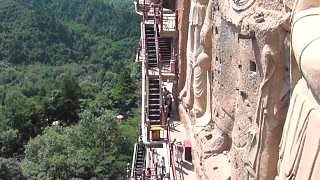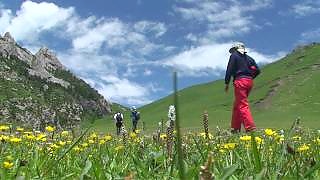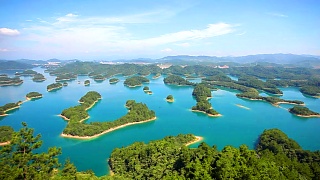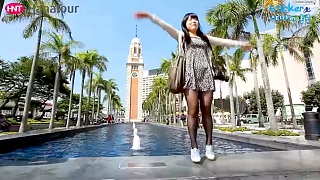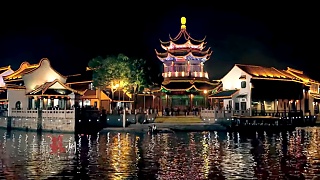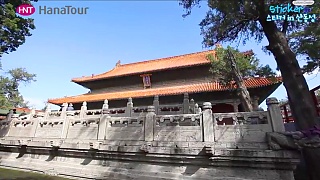YinChuan, 'Silver River', lies in NingXia province, central - north China. It is located near the western bank of the upper course of the Yellow River, in the south-central section of the HeLan Shan mountains and the Ordos Desert.
Thanks to the Yellow River, YinChuan enjoys beautiful natural scenery and favorable conditions for agriculture and has long earned the fame of a "River Side City in the Northwest" and "Home to Fishes and Rice".
Around the city of about 2 million are a number of interesting cultural sites, including part of the Great Wall of China (not far from the western end-point) and grand mosques (Hui minority) and lies on a trade route from cities in the far west to the east.
Nearby are the extensive Western Xia Dynasty (1038 - 1227) Tombs, 40 kilometers to the west.
There are two pagodas in YinChuan that are part of the 'Eight Famous Sceneries of NingXia': one is the HaiBao Pagoda in the northern suburb and the other is the ChengTianSi Pagoda in the west.
Sand Lake lies about 50 kilometers north of YinChuan. Being a world of desert and a large lake, it is a place of beautiful nature and a great getaway.
The immediate plains area, intensively irrigated by a system developed as long ago as the Han dynasty (206 BC–AD 220), is very productive for agriculture.
A great film by Sticker Travel ...
[640],shadow=true,start=,stop=

 YinChuan 银川, NingXia province
YinChuan 银川, NingXia province